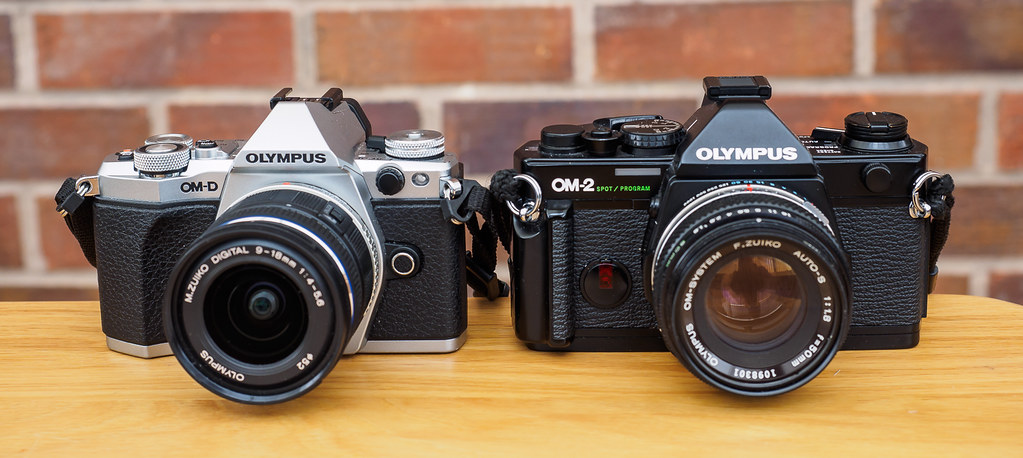Perhaps, but I wonder (and I’m only guessing) if removing the mirror (and pentaprism) would allow a more efficient usage of space. If Nikon could produce something around the size of the FE perhaps (or Canon the size of the AE-1) ... barely bigger than an A7 type body.I think that misses the point of mirrorless. It would just end up being mirrorless for the sake of it with zero size saving.
Last edited:

 E-M5II compared to OM2sp 2
E-M5II compared to OM2sp 2